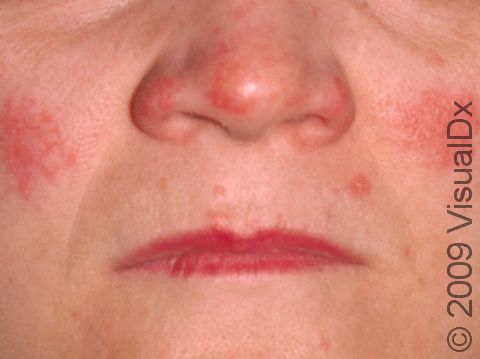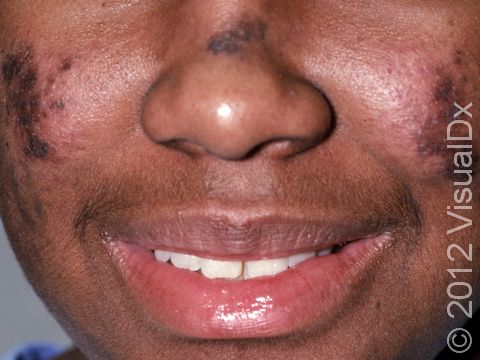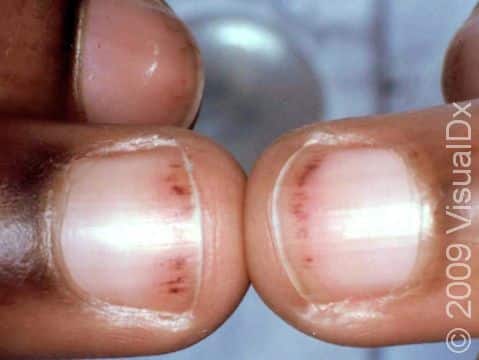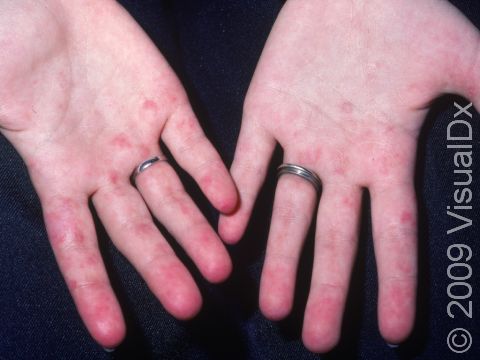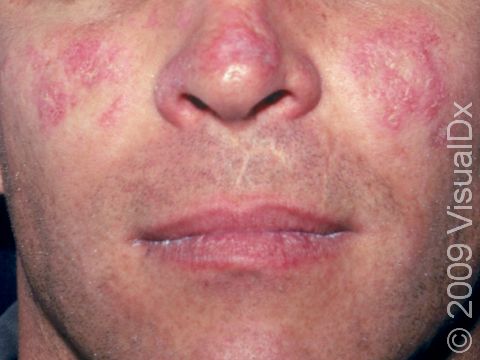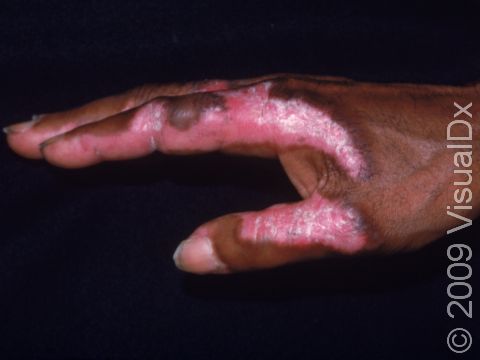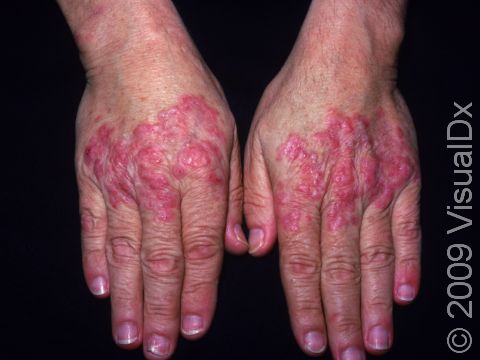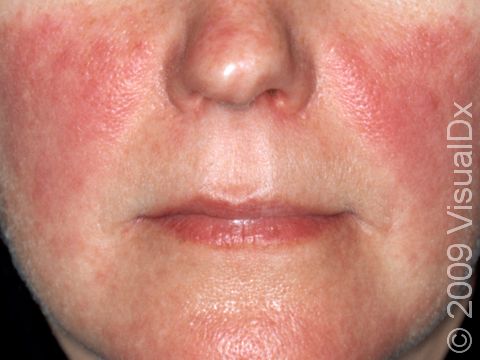Systemic Lupus Erythematosus
Systemic lupus erythematosus (SLE), also called lupus, is a chronic inflammatory disease that can affect almost any part of the body, especially the skin, joints, kidneys, heart, lungs, bones, blood, or brain. Systemic lupus erythematosus is considered an autoimmune disorder, meaning that a person’s own immune system attacks his or her own healthy cells and tissues, causing inflammation and damage.
Because systemic lupus erythematosus can affect any organ system, no two people have identical forms of the disease. However, most people with systemic lupus erythematosus report periods of time in which their symptoms seem to be mild or absent (remission) and other periods of time when the inflammation is more severe (flare or relapse).
Who's At Risk?
Systemic lupus erythematosus can occur in people of all ages, all races, and both sexes. However, it is far more common in women, especially those between 15–45 years old. In America, it is also more commonly seen in people with darker skin than in light-skinned people.
Although it is not directly inherited, lupus and other autoimmune diseases may run in families. Inheriting certain genes may make some people more susceptible to developing lupus.
In addition, certain environmental factors may trigger lupus in those who have a family (genetic) tendency toward the disease, including:
- Ultraviolet light, especially sunlight
- Certain medications, especially hydralazine and procainamide
- Infections
- Antibiotics, especially penicillins or sulfa-containing medicines
- Stress
- Hormonal changes, especially related to pregnancy and menstrual cycles
Signs & Symptoms
More than 90% of people with systemic lupus erythematosus have skin symptoms. The most common locations for the skin lesions of systemic lupus erythematosus include:
- Face, especially cheeks and nose
- Sun-exposed skin on arms, backs of hands, upper chest, and upper back due to increased sensitivity to sunlight (photosensitivity)
- Fingers and fingernails
- Mouth or nose
- Scalp
The classic skin finding in systemic lupus erythematosus is the butterfly rash (malar blush). Redness across the cheeks and bridge of the nose can occur after sun exposure and may appear as much as several weeks before other symptoms develop.
A rash can develop in sun-exposed skin (photo-distribution), especially on the backs of the hands and fingers. This rash, which appears as red, scaly patches, can also affect the arms and trunk.
The skin around fingernails (nail folds) can be red and inflamed, and tiny, dilated blood vessels (telangiectasia) may be seen. In addition, people may develop Raynaud phenomenon, in which the fingers (and sometimes toes) turn pale and numb after exposure to cold temperatures.
Small, painless ulcers can develop in the nose or, more commonly, in the mouth, especially on the roof of the mouth.
When lupus affects the scalp skin, you may notice hair loss. It may be patchy, or there may be thinning across the scalp, especially at the temples.
In addition to the skin lesions of lupus, people may have:
- Joint pain or swelling, especially in hands, wrists, and knees
- Blood problems, including anemia and clotting disorders
- Kidney disorders
- Lung problems, such as painful breathing
- Seizures or other brain disorders
- Swollen lymph glands
- Fever
- Fatigue
Self-Care Guidelines
If you know you have systemic lupus erythematosus, several measures can help prevent flares:
- Avoid intense sun exposure.
- Apply sunscreen with SPF of 30 or higher every day.
- Maintain healthy habits such as resting well, eating a balanced diet, and exercising regularly.
- Reduce stress.
- Avoid smoking and limit alcohol use.
Treatments
Lupus can be difficult to diagnose for 3 reasons: systemic lupus erythematosus can affect so many different organ systems, its symptoms can come and go, and no 2 people have exactly the same form of the disease. In addition to a careful review of your medical history, your doctor may perform blood tests, urinalysis, chest X-ray, or an electrocardiogram (ECG) before confirming the diagnosis of lupus.
If you have a rash that is suspicious for lupus, you nay need a skin biopsy. The procedure involves:
- Numbing the skin with an injectable anesthetic.
- Sampling a small piece of skin by using a flexible razor blade, a scalpel, or a tiny cookie cutter (called a “punch biopsy”). If a punch biopsy is taken, a suture or two may be placed and will need to be removed 6–14 days later.
- Having the skin sample examined under the microscope by a specially trained physician (dermatopathologist).
Even with a confirmed diagnosis of lupus, treatments vary as much as the disease itself. Treatments depend greatly on which organs are affected and how severe your symptoms are. In general, however, the following oral medications are frequently used for lupus:
- Anti-malarial drugs such as hydroxychloroquine, chloroquine, or quinacrine
- Corticosteroids
- Anti-inflammatory medications such as aspirin, ibuprofen, naproxen, or indomethacin
- Immune-suppressing medications including azathioprine, cyclophosphamide, methotrexate, cyclosporine, chlorambucil, or mycophenolate mofetil
As yet, there is no cure for lupus.
Visit Urgency
See your doctor if you develop a rash with fever and fatigue.
Trusted Links
References
Bolognia, Jean L., ed. Dermatology, pp.594-595. New York: Mosby, 2003.
Freedberg, Irwin M., ed. Fitzpatrick’s Dermatology in General Medicine. 6th ed, pp.1619, 1677, 1681-1687. New York: McGraw-Hill, 2003.
Last modified on October 5th, 2022 at 8:03 pm

Not sure what to look for?
Try our new Rash and Skin Condition Finder
